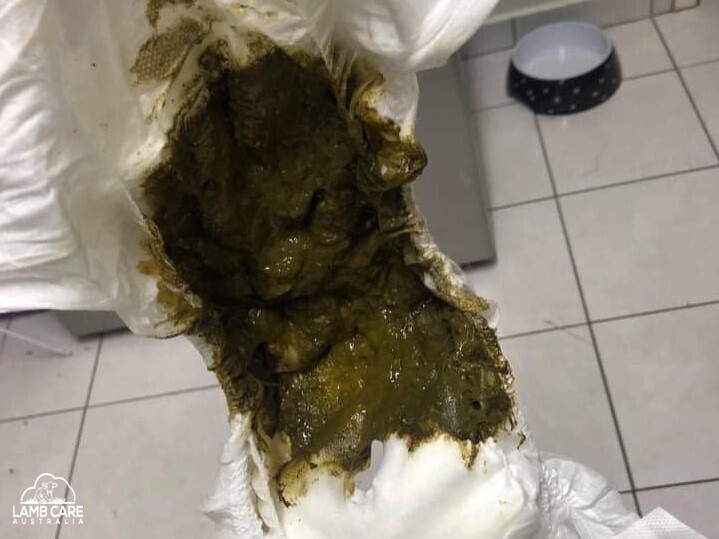
Scours in Lambs
What is Scours in Lamb?
Unlike adult sheep, lambs do not have formed faeces (little round balls) until they are several weeks old although this can vary from lamb to lamb. It is not uncommon for scours (diarrhoea) to occur in young lambs.
Scours in lambs is a dark green to black colour with a very pungent smell. While the cause is often a bacteria such as E Coli, Cryptosporidium or Coccidiosis, another common cause is when a lamb is introduced to new milk. This could include the change from colostrum to powdered milk or from Mum’s milk to powdered milk.
Treatment of Scours in Lambs
Scouring is not what puts the lamb at risk as much as dehydration does. Scouring will cause the loss of fluids as well as vital electrolytes and therefore fluids must be replaced to correct the electrolyte imbalances. Feeding electrolytes in between milk feeds is a good way to keep the lamb hydrated. Alternating bottles between electrolytes and milk is also a good way to slow down scours.
Depending on the cause of the scours, D’scour may be sufficient to cure the problem. If a lamb scours for more than a few days with no improvement or shows other signs of illness such as a temperature or inappetence a vet should be consulted. If the scours is caused by an infection a vet may prescribe ScourBan to get it under control. In extreme cases the lamb may need to be placed on IV fluids.

